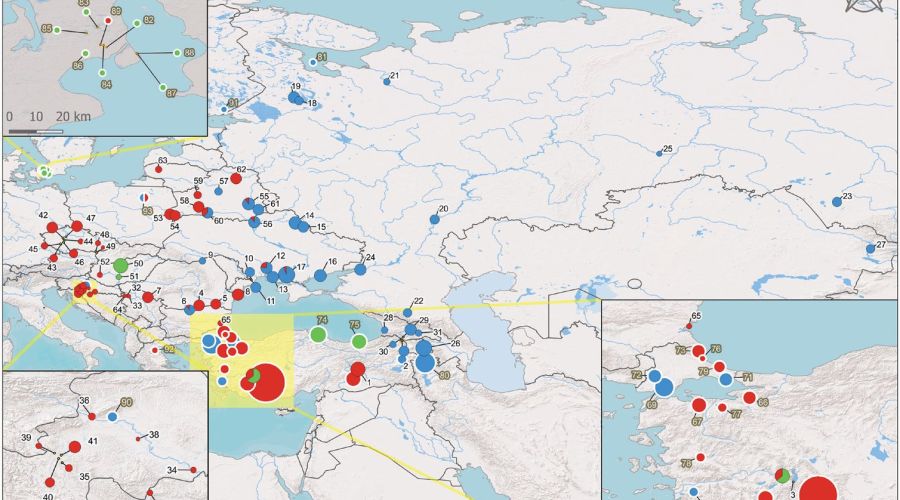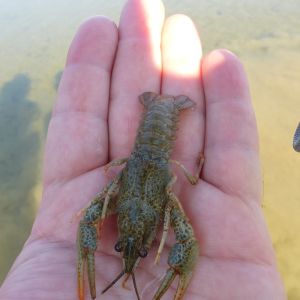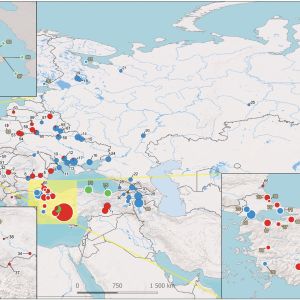Narrow-clawed crayfish Pontastacus leptodactylus, a native European crayfish, reveals the secret of genetic diversity and its distribution

Years of collecting samples from a wide range, mainly in Eastern Europe and Asia, and subsequent work in the laboratory have borne fruit. A team of scientists from several European departments led by Martin Bláha have shed light on genetic diversity and its distribution in the P. leptodactylus species complex. This relatively large native crayfish species has its original distribution range in the Azov, Black and Caspian Sea basins. The species is also known for its enormous morphological variability and the number of described species and subspecies. However, as analyses of several mitochondrial and one nuclear gene have shown, the situation for this species complex will ultimately be much simpler than scientists had anticipated. Analyses of individuals from 65 populations and 14 countries have revealed a strong mitonuclear discordance, suggesting the existence of only one species with three deeply separated evolutionary mitochondrial phylogroups. These phylogroups have their centres of distribution in (i) central and southern Europe, (ii) eastern Europe and Asia, and (iii) Turkey (Fig. 1). The area of species origin is assumed to be the Black Sea basin and the diversification and origin of individual mtDNA phylogroups were placed to the late Miocene (5-8 million years ago). However, analyses have also revealed the occurrence of individuals from the Asian and Turkish lineages outside their native range, which is a consequence of the demand for freshwater crayfish and their capture in the Armenian Lake Sevan or Turkish lakes and subsequent transport to European countries. Similarly to other species of edible large crustaceans, these do not always end up on the plates of restaurant customers but are then found or caught in rivers or stillwaters around restaurants.
The results of this study are likely to change the current morphology-based nomenclature of P. leptodactylus complex with eight species and two subspecies described. Although the authors do not rule out the possibility that there is a previously undiscovered population in the vast range of the species having a completely different genetic footprint, the probability is very low.
Bláha, M., Patoka, J., Policar, T., Śliwińska, K., Alekhnovich, A., Berezina, N., Petrescu, A.-M., Mumladze, L., Weiperth, A., Jelic, M., Kozák, Pa., Maguire, I., 2023. Phylogeographic patterns of genetic diversity in Pontastacus leptodactylus (Decapoda: Astacidae): is the hypothesis of the taxonomically rich genus Pontastacus true? Zoological Journal of the Linnean Society 199: 140–155. https://doi.org/10.1093/zoolinnean/zlad025
Pictures:
- Narrow-clawed crayfish Pontastacus leptodactylus (photo Andráš Weiperth)
-
Geographic distribution of particular mitochondrial phylogroups. Red colour refers to European phylogroup, blue colour refers to Asian phylogroup, and green colour refers to Turkish phylogroup. Notice the Turkish phylogroup in the middle part of Danube River and Danmark and Asian phylogroup in Croatia, out of their original distribution area.





